Hello and welcome to my comprehensive guide on caring for a sail fin pleco! As an experienced aquarium enthusiast, I understand the joys and challenges of owning and maintaining a fish tank. That’s why I created this guide to provide you with everything you need to know about caring for a sail fin pleco.
First, let’s start with the basics. Sail fin plecos, also known as plecostomus fish, are freshwater tropical fish native to South America. With their unique sail-like dorsal fin, these fish not only add visual appeal to your aquarium but also serve as beneficial algae eaters and bottom feeders.
Whether you’re a first-time fish owner or a seasoned aquarist, it’s important to know the proper care techniques for your sail fin pleco. From setting up the ideal environment to feeding and nutrition, tankmates, behavior and temperament, water quality maintenance, and breeding, I will provide you with all the necessary information to ensure the health and happiness of your fish.
Table of Contents
Key Takeaways:
- Sail fin plecos are freshwater tropical fish known for their sail-like dorsal fin.
- Proper care techniques are crucial for the health and happiness of your sail fin pleco.
- This guide will cover everything you need to know about caring for a sail fin pleco, including setting up the ideal environment, feeding and nutrition, tankmates, behavior and temperament, water quality maintenance, and breeding.
Understanding the Sail Fin Pleco
Welcome to my guide on caring for a sail fin pleco, a freshwater tropical fish that’s beloved by aquarium enthusiasts. Sail fin plecos, also known as plecostomus fish, are a great choice for both beginner and experienced aquarists alike. With their distinctive sail-like dorsal fin and peaceful temperament, they add a unique touch to any aquarium.
Native to South America, sail fin plecos are herbivorous and primarily feed on algae and plant matter. Their adaptability, ease of care, and compatibility with other tropical fish make them an excellent addition to any community tank. In this section, we’ll dive deeper into what makes sail fin plecos such fascinating fish.
Appearance
Sail fin plecos have a stout, flat body with a distinctive sail-like dorsal fin that can grow up to 12 inches in length. They have a brownish-black coloration with white and yellow spots.
Behavior and Temperament
Sail fin plecos are peaceful and generally get along well with other tropical fish. They are bottom-dwellers and spend most of their time scavenging for food or hiding in dark, enclosed spaces. When scared or feeling threatened, they may retreat to their hiding spots and remain there until they feel safe enough to come out again.
Habitat
Sail fin plecos are native to fast-moving rivers and streams in South America. They prefer a well-oxygenated aquarium with a strong filtration system. A minimum tank size of 50 gallons is recommended to accommodate their size and behavioral needs. Additionally, they require plenty of hiding spots, such as caves or tunnels, to feel secure.
Diet
As herbivores, sail fin plecos primarily feed on algae and plant matter. Algae wafers and fresh vegetables such as zucchini, cucumber, and spinach are recommended for their diet. It’s important to note that overfeeding can lead to health problems, so it’s recommended to feed them small, frequent meals throughout the day.
Compatibility
Sail fin plecos are compatible with many tropical fish species, but it’s important to avoid aggressive or territorial fish that may bully or harm them. Suitable tankmates include other bottom-dwelling fish such as corydoras or loaches.
With their unique appearance and easy-going nature, sail fin plecos are a great addition to any aquarium. In the next section, we’ll discuss how to set up the ideal environment for your pleco to thrive.
Setting Up the Ideal Environment
Providing the sail fin pleco with an optimal living environment is essential to keep them healthy and happy. Proper fish tank maintenance is crucial to achieving this goal. Here are some important aspects to consider:
Tank Size
Sail fin plecos can grow up to 18 inches long, and they require ample space to swim and move comfortably. It’s recommended to provide a minimum of 30 gallons of water per pleco. If you plan to keep multiple plecos, increase the tank size accordingly.
Filtration
Good water quality is crucial for the overall well-being of your aquarium fish. Install a suitable filtration system that can handle the size of your tank and maintain it regularly. This will ensure that the water remains clean and free from harmful toxins.
Water Parameters
Sail fin plecos are freshwater fish, and they require specific water parameters to thrive. Keep the water temperature between 72-78 degrees Fahrenheit, pH level between 6.5-7.5, and water hardness between 5-15 DH. Test the water parameters regularly and make necessary adjustments.
Substrate and Decorations
The substrate in the tank should be fine-grained sand or smooth pebbles to prevent injury to the pleco’s delicate underside. Adding decorations and plants to the tank can provide hiding spots and promote a sense of security for the pleco.
Lighting
Although sail fin plecos don’t require bright lighting, they do require a regular day/night cycle. A timer can be helpful in maintaining the appropriate light schedule.
Feeding and Nutrition
As an algae eater, the sail fin pleco requires a diet rich in vegetable matter to maintain optimal health and vitality. You should aim to feed your pleco a balanced and varied diet that includes specialized pleco food, fresh vegetables, and occasional meaty treats.
Specialized pleco food is readily available in pet stores and online. These foods are formulated to meet the specific dietary needs of plecos and contain a blend of vegetable matter, algae, and other essential nutrients. It’s an excellent staple food for your sail fin pleco.
Fresh vegetables are also a vital component of the pleco’s diet. Try offering your pleco leafy greens like spinach, kale, and lettuce, as well as other vegetables like zucchini and cucumbers. These veggies can be chopped into small pieces and weighted down in the tank or attached to a vegetable clip for easy access.
Occasional meaty treats like brine shrimp, bloodworms, and krill can also be offered to your sail fin pleco. These treats should be given sparingly and as a supplement to their regular diet to avoid overfeeding and maintaining a healthy balance.
sail fin pleco
Tankmates and Compatibility
As a social freshwater fish, the sail fin pleco thrives in community tank environments, which require compatible and non-aggressive tankmates.
When selecting companion species, it is essential to consider their size, temperament, and the aquarium’s space. Sail fin plecos are relatively peaceful and typically avoid confrontation, making them suitable for cohabitation with other peaceful freshwater tropical fish.
Some compatible fish species with sail fin plecos include:
- Neon Tetra
- Cherry Barb
- Dwarf Gourami
- Harlequin Rasbora
- Zebra Danio
However, sail fin plecos may become territorial towards members with a similar appearance or behavior, such as other bottom-dwelling catfish species. Tankmates should be chosen with care to ensure they do not compete for resources, such as food or hiding places.
Additionally, some larger aggressive fish species, such as cichlids or larger tetra species, may view the sail fin pleco as prey and may attack them. Therefore, it’s essential to research any potential companion fish before introducing them into the tank and monitoring their behavior closely.
By selecting compatible tankmates, you can create a harmonious and thriving community tank environment for your sail fin pleco.
Behavior and Temperament
Understanding the behavior and temperament of sail fin plecos is essential to creating an environment that promotes their well-being. Plecos prefer a hiding place, so incorporating a variety of caves, rocks, and plants creates a comforting and stimulating environment for them to thrive in.
It is common for sail fin plecos to be territorial, so avoiding overcrowding in the tank is critical. Providing ample space and hiding spots for each fish will reduce stress and prevent aggression.
One interesting behavior of sail fin plecos is their nocturnal nature, which means they are most active during the nighttime hours. As such, creating a dimly lit environment in the evenings will encourage their natural instincts to forage and explore their habitat.
Another curious characteristic of sail fin plecos is their tendency to attach themselves to solid surfaces and remain idle for extended periods. It is important not to disturb them during these periods of rest.
Overall, understanding the behavior and temperament of sail fin plecos is crucial to providing them with the optimal care they deserve. By creating a peaceful and stimulating environment and allowing them to exhibit their natural behaviors, your sail fin pleco will be a happy and healthy addition to your aquarium.
Maintaining Water Quality
One of the most crucial aspects of keeping a sail fin pleco healthy is maintaining optimal water quality in your aquarium. Poor water conditions can quickly lead to health problems, so regular fish tank maintenance is essential.
Here are some tips for keeping your sail fin pleco’s water clean and stable:
- Perform regular water changes: Regular water changes are crucial for removing toxins and keeping water parameters stable. Aim to change 25% of the water in your tank every two weeks.
- Monitor water parameters: Invest in a water test kit to monitor water parameters regularly. Keep the pH levels between 6.5 to 7.5, temperature between 72-82°F, ammonia/nitrites/nitrates at 0 ppm, and hardness between 15-25 dGH.
- Don’t overfeed: Overfeeding can quickly lead to excess waste and poor water conditions. Feed your sail fin pleco a small amount of food once a day and remove any uneaten food within a few hours.
- Clean the aquarium filter: The aquarium filter is a vital component of maintaining good water quality. Clean or replace the filter media as recommended by the manufacturer and ensure proper functioning of the filter system.
Keeping on top of water quality is the key to a healthy and thriving aquarium, and sail fin plecos can be quite sensitive to changes in water parameters. By following these tips, you can keep your aquarium environment clean and stable, ensuring your sail fin pleco stays happy and healthy.
Common Health Issues and Prevention
Ensuring the health of your sail fin pleco is an essential part of fish care. Although they are relatively hardy, there are several common health issues that you should be aware of to prevent potential problems.
Parasitic infections
Parasitic infections are one of the most common health issues that can affect freshwater fish, including sail fin plecos. These infections can range from mild to severe and can result in symptoms such as lethargy, loss of appetite, and abnormal swimming behavior. To prevent parasitic infections, it’s crucial to maintain optimal water quality and avoid overcrowding in your aquarium. Additionally, adding aquarium salt to the water can help prevent parasites from infecting your sail fin pleco.
Bacterial infections
Bacterial infections can also affect sail fin plecos, caused by poor water quality or an injury. Symptoms may include red or white sores, frayed fins, and lethargy. To prevent bacterial infections, ensure proper filtration, perform regular water changes, and maintain a healthy environment for your fish.
Finrot
Finrot is a bacterial infection that can lead to the deterioration of the fins of fish. It can be caused by poor water quality, injury, or stress. Early symptoms of finrot include ragged fins, discoloration, and fraying. To prevent finrot, maintain excellent water quality, and avoid overfeeding, which can lead to excess waste in the aquarium.
Dropsy
Dropsy is a severe condition caused by a bacterial infection that affects the internal organs of the fish, leading to fluid accumulation and swelling. Symptoms can include a bloated appearance, lethargy, and loss of appetite. Unfortunately, there is no cure for dropsy, and affected fish often pass away. To prevent dropsy, maintain proper water quality, feed your fish a healthy and balanced diet, and avoid overcrowding in your aquarium.
“Preventive measures and early detection are essential to ensuring your sail fin pleco remains healthy and happy.”
Sail Fin Pleco Breeding and Reproduction
If you want to breed sail fin plecos, there are certain things you need to know to maximize your chances of success. Breeding these freshwater tropical fish can be challenging, but with the right setup and approach, it can be a rewarding experience.
Setting Up for Breeding
Before breeding your sail fin plecos, you need to create the ideal environment for them. This includes selecting a large enough tank, typically between 40 and 75 gallons, with excellent filtration and proper water parameters. It’s also essential to provide adequate hiding places for the plecos during the breeding process, as they are territorial creatures and need to establish their own space.
Behavior During Breeding
When breeding sail fin plecos, be aware of their mating habits. They typically lay eggs on smooth surfaces, such as rocks or the glass of the tank. The male will usually dig a concave area in the substrate or on a smooth surface where the female can lay her eggs. The male will then fertilize the eggs and guard them. The eggs will hatch in about four to six days, and the fry will become free-swimming in about five days.
Feeding Fry
Once the fry become free-swimming, you need to provide them with proper nutrition. Small live or frozen foods, such as brine shrimp, are ideal for feeding the fry. You can also purchase specialized fry food from your local pet store or online retailer. It’s important to ensure that you don’t overfeed the fry, as excess food can lead to poor water quality and other health issues.
Separating Fry
After the fry have hatched, it’s essential to separate them from the adults, as sail fin plecos are known for cannibalizing their young. You can move the fry to a separate tank with similar water parameters and filtration, but make sure to monitor the water conditions closely to ensure the fry’s health and well-being.
“Breeding sail fin plecos can be challenging, but with the right setup and approach, it can be a rewarding experience.”
By following these tips, you can successfully breed sail fin plecos and create a thriving colony of these beautiful freshwater fish. Remember to be patient and attentive to their needs, and you’ll have a flourishing aquarium in no time!
Enhancing the Pleco’s Habitat
Creating a visually appealing and stimulating environment for your sail fin pleco is an essential part of fish care. While a clean tank with essential elements is critical, adding a few decorations and plants can make your pleco’s habitat look even better.
To start, consider creating hiding spots using large rocks, driftwood, or caves where your pleco can retreat to when feeling stressed. Adding live plants such as Anubias, Java Fern, or Amazon Swords not only looks aesthetically pleasing, but they also absorb nitrates, creating a natural biological filtration system for your aquarium.
Another option to consider is adding a substrate layer to your tank. If you decide to add one, choose a substrate that’s not too harsh for your sail fin pleco’s skin, such as sand or smooth river rocks, and avoids sharp-edged gravel that can cause injury to your pleco. Additionally, you can also add lighting to your aquarium, which not only adds to the overall look but also promotes healthy plant growth.
It’s important to note that while decor and plants are great additions, avoid overcrowding the tank as it can cause stress to your fish. Ensure there is plenty of open swimming space for all your aquarium fish, and avoid any sharp or pointed decorations that can cause physical harm to your pleco.
In summary, adding some decorations and plants can create a visually appealing environment for your sail fin pleco, but it’s essential to keep their well-being in mind.
Conclusion
That concludes my guide to caring for a sail fin pleco! I hope you found it helpful and informative. As you can see, providing proper fish care for your sail fin pleco involves several factors, including creating the ideal environment, ensuring a nutritionally balanced diet, choosing compatible tankmates, and maintaining water quality.
Remember to keep a close eye on your pleco for any signs of illness and take preventive measures to promote their health and well-being. If you’re interested in breeding, don’t forget to consider the necessary setup requirements and breeding behaviors.
Enhancing your pleco’s habitat can also be an enjoyable aspect of fish care. Get creative with aquascaping, decorations, and hiding spots to create a stimulating and visually appealing environment for your pleco to thrive in.
Overall, taking care of a sail fin pleco can be a fun and rewarding experience for both beginners and experienced aquarium enthusiasts. By following the tips and tricks outlined in this guide, you can ensure that your pleco lives a happy and healthy life in their aquarium home.
FAQ
What size tank is suitable for a sail fin pleco?
Sail fin plecos require a spacious tank to accommodate their size. A minimum tank size of 50 gallons is recommended to provide ample swimming space and ensure their well-being.
How often should I perform water changes for my sail fin pleco?
It is recommended to perform regular water changes every 1-2 weeks, or as needed, to maintain optimal water quality for your sail fin pleco. This helps remove excess waste and keep the aquarium environment clean.
Can sail fin plecos live with other fish species?
Yes, sail fin plecos can coexist with other peaceful fish species in a community tank. However, it’s important to choose suitable tankmates that won’t harass or outcompete the pleco for food and hiding spots.
What should I feed my sail fin pleco?
Sail fin plecos are herbivorous and primarily feed on algae and plant matter. Provide them with a varied diet that includes high-quality sinking algae wafers, fresh vegetables like zucchini or spinach, and occasional treats like blanched peas.
How can I tell if my sail fin pleco is sick?
Look out for signs of illness such as changes in appetite, abnormal swimming behavior, discoloration or lesions on the body, and excessive hiding. If you notice any of these symptoms, it’s important to monitor closely and consult a veterinarian if necessary.
How do I maintain proper water parameters for my sail fin pleco?
Regularly test the water for parameters such as temperature, pH, ammonia, nitrite, and nitrate levels. Adjust these parameters as needed using appropriate water conditioners or treatments to create a stable and suitable environment for your pleco.
Can I breed sail fin plecos in my home aquarium?
Breeding sail fin plecos can be challenging, but with the right setup and conditions, it is possible. Provide suitable breeding caves or PVC pipe sections for them to lay eggs, along with proper water parameters and a well-balanced diet to encourage successful reproduction.
What are some common health issues that sail fin plecos may experience?
Sail fin plecos are generally hardy fish, but they can be susceptible to diseases like ich, fin rot, or bacterial infections. Maintaining good water quality, a balanced diet, and regular observation can help prevent these issues.
How long do sail fin plecos typically live?
With proper care, sail fin plecos can live for 10-15 years or even longer. Providing them with a suitable environment, a balanced diet, and regular maintenance can help ensure a long and healthy life for your pleco.
Can I keep multiple sail fin plecos together in the same tank?
It’s generally not recommended to keep multiple sail fin plecos together unless you have a very large tank with plenty of hiding spots and territories. They can be territorial and may exhibit aggressive behavior towards each other.
References
- International Union for Conservation of Nature (IUCN): https://www.iucnredlist.org/ – Maintains the IUCN Red List of Threatened Species, which includes assessments for various pleco species.
- Convention on International Trade in Endangered Species of Wild Fauna and Flora (CITES): https://cites.org/eng – Regulates the international trade of endangered species, including some pleco species.
- Ornamental Aquatic Trade Association (OATA): https://ornamentalfish.org/ – Promotes responsible practices in the ornamental fish trade, including sourcing and sustainability of species like plecos.
I am a passionate aquarist with over 30 years of hands-on experience in fishkeeping. My journey began at a young age, collecting fish from the wild and learning through experimentation. Specializing in tropical fish, I bring a deep understanding of the hobby to FishKeepingMadeSimple. The site provides honest, detailed reviews of essential products and accessories to help fellow enthusiasts create the best environments for their fish.

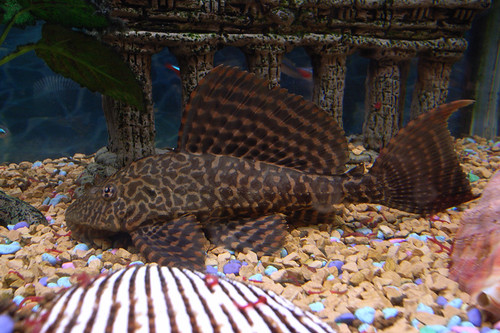
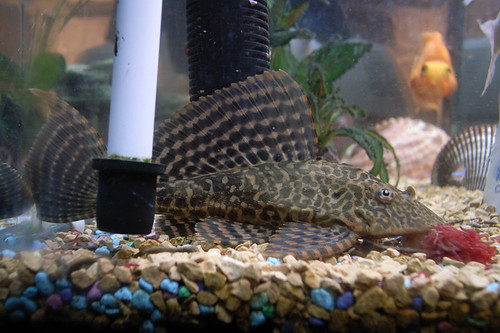

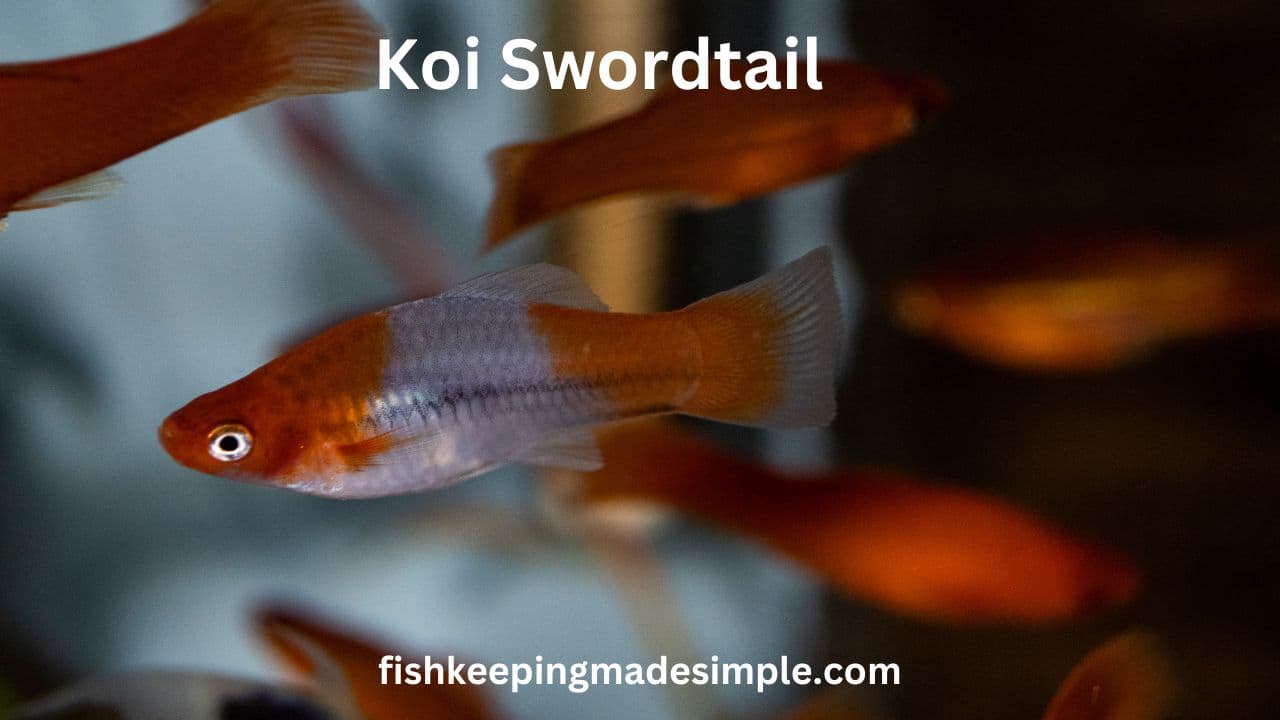

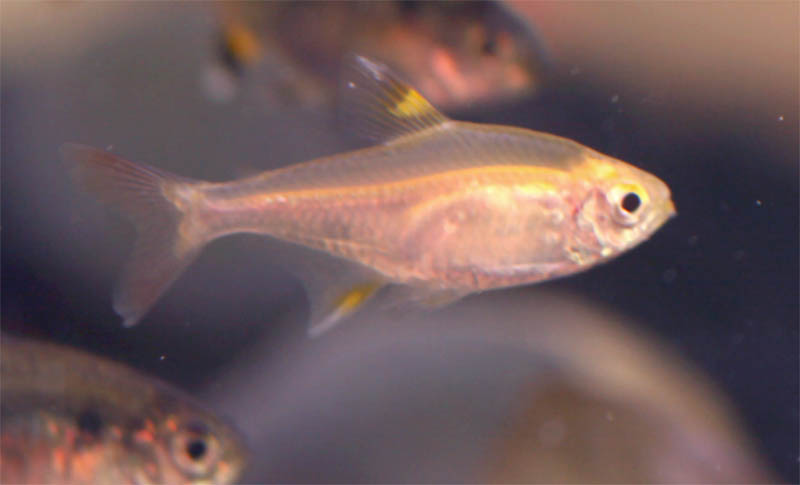
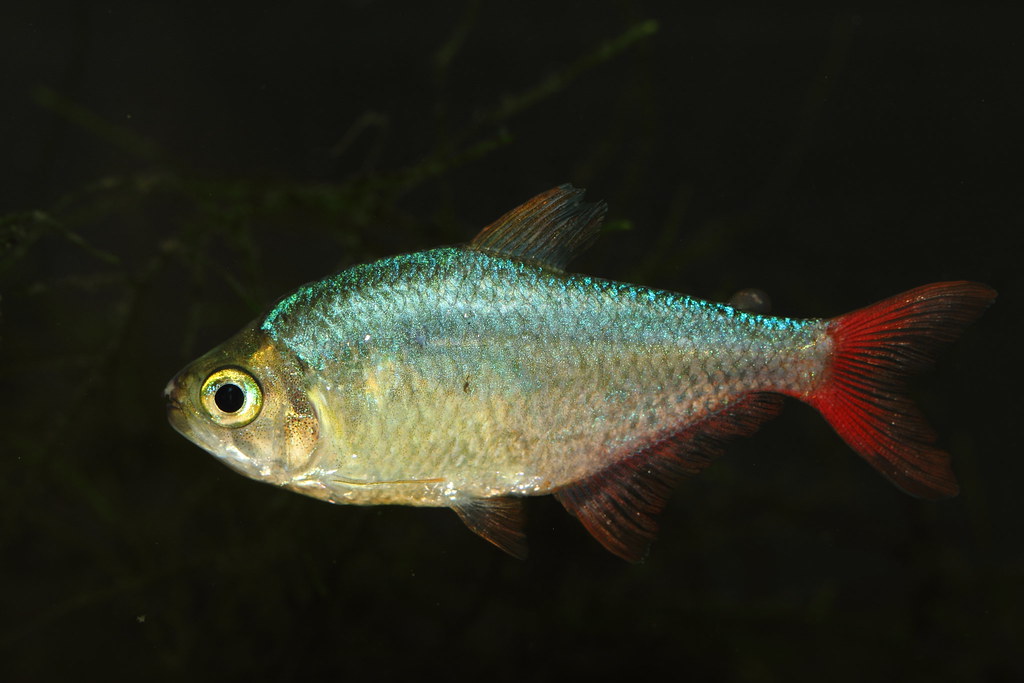
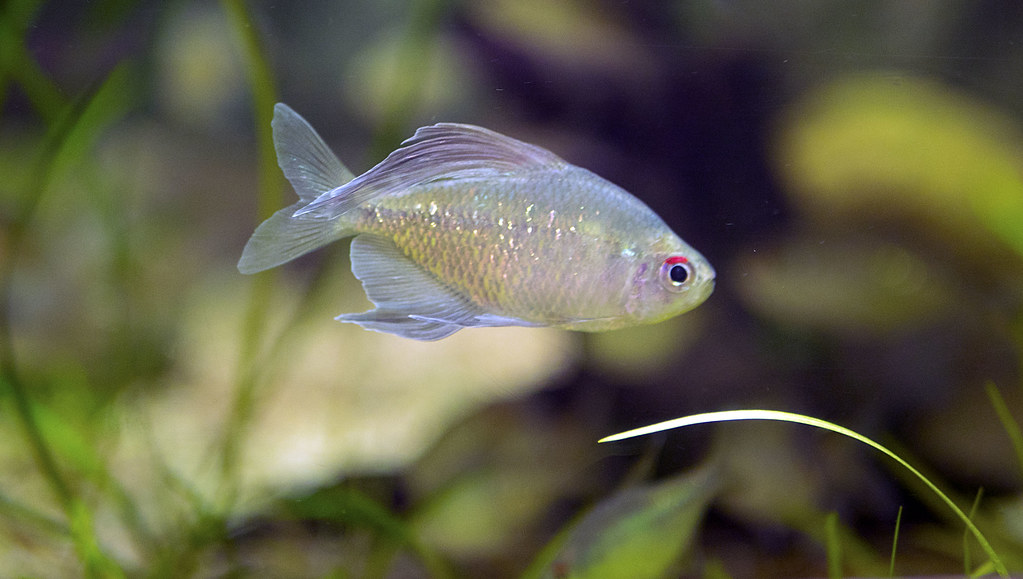
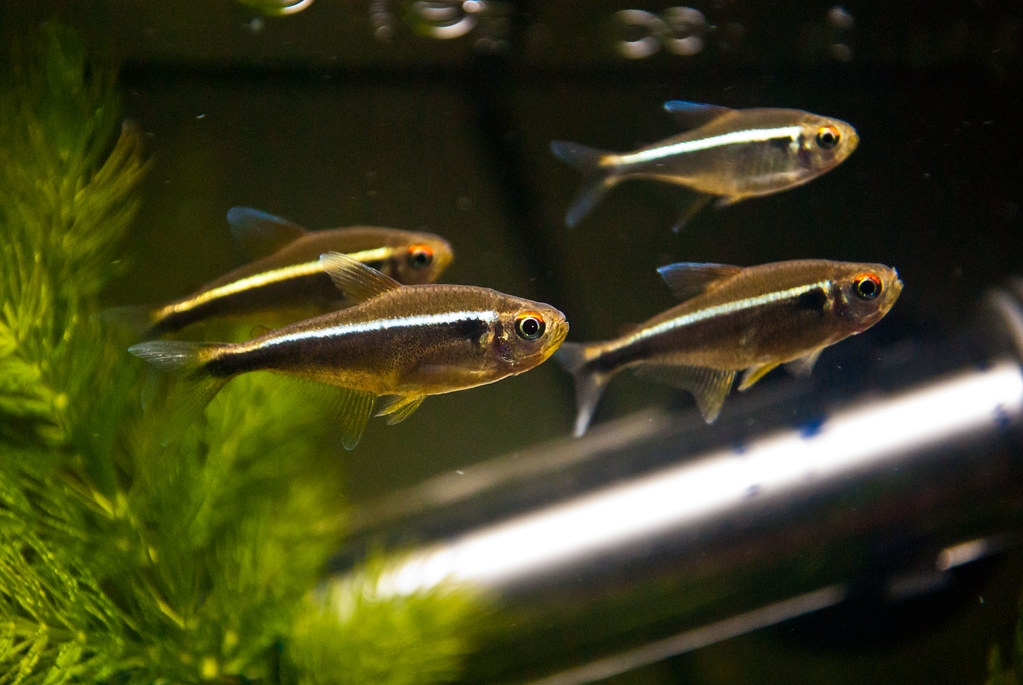
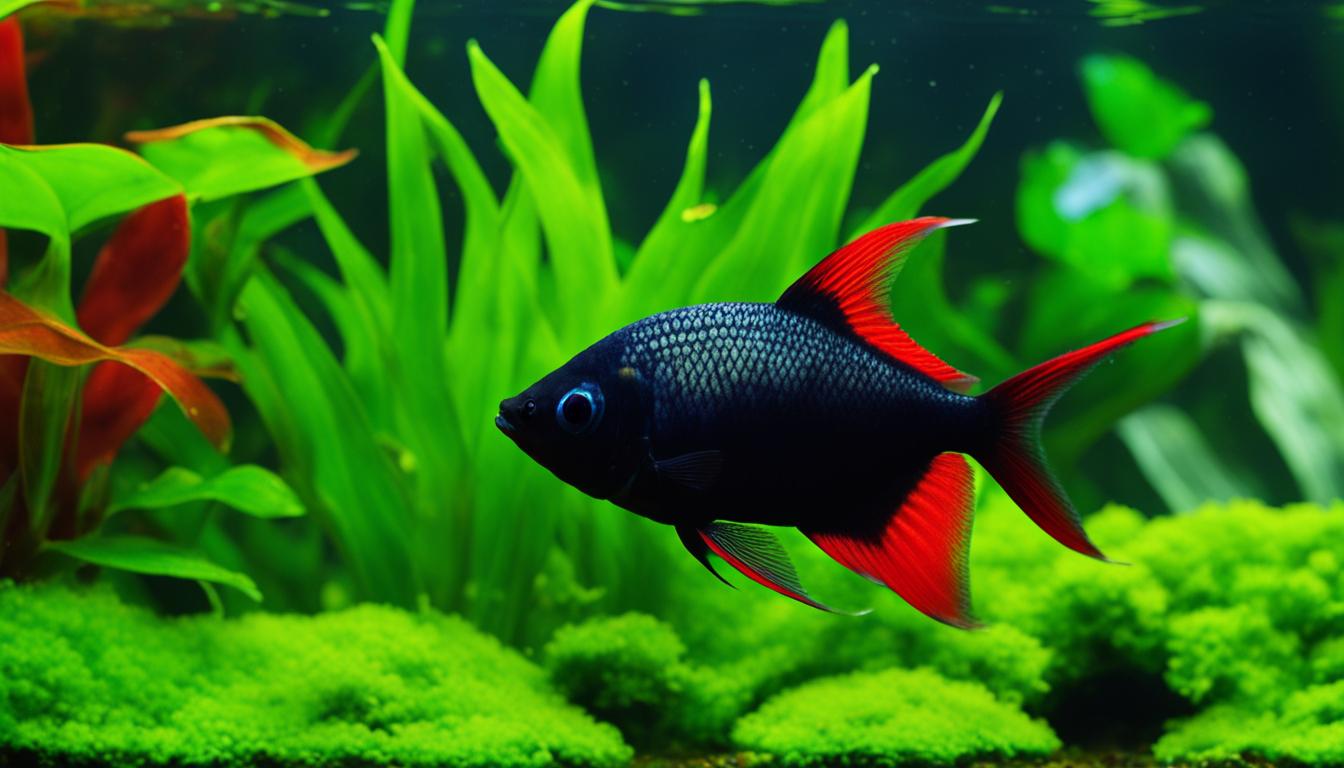

[…] case of any problems, a troubleshooting guide can help address issues such as fin rot, swim bladder disorder, or ich. By following these guidelines, you can provide a healthy and […]
[…] is a fascinating fish species that requires specific care to thrive in an aquarium setting. In this care guide, we will explore the tank setup and size requirements, water conditions and temperature […]
[…] accommodate their growth, as they can reach up to five inches in length. In conclusion, Bristlenose Plecos are captivating creatures with unique attributes and care […]
[…] quality is essential for pleco care. Your tank’s water should be kept between pH 6.5-7.5. Plecos are sensitive to ammonia and […]